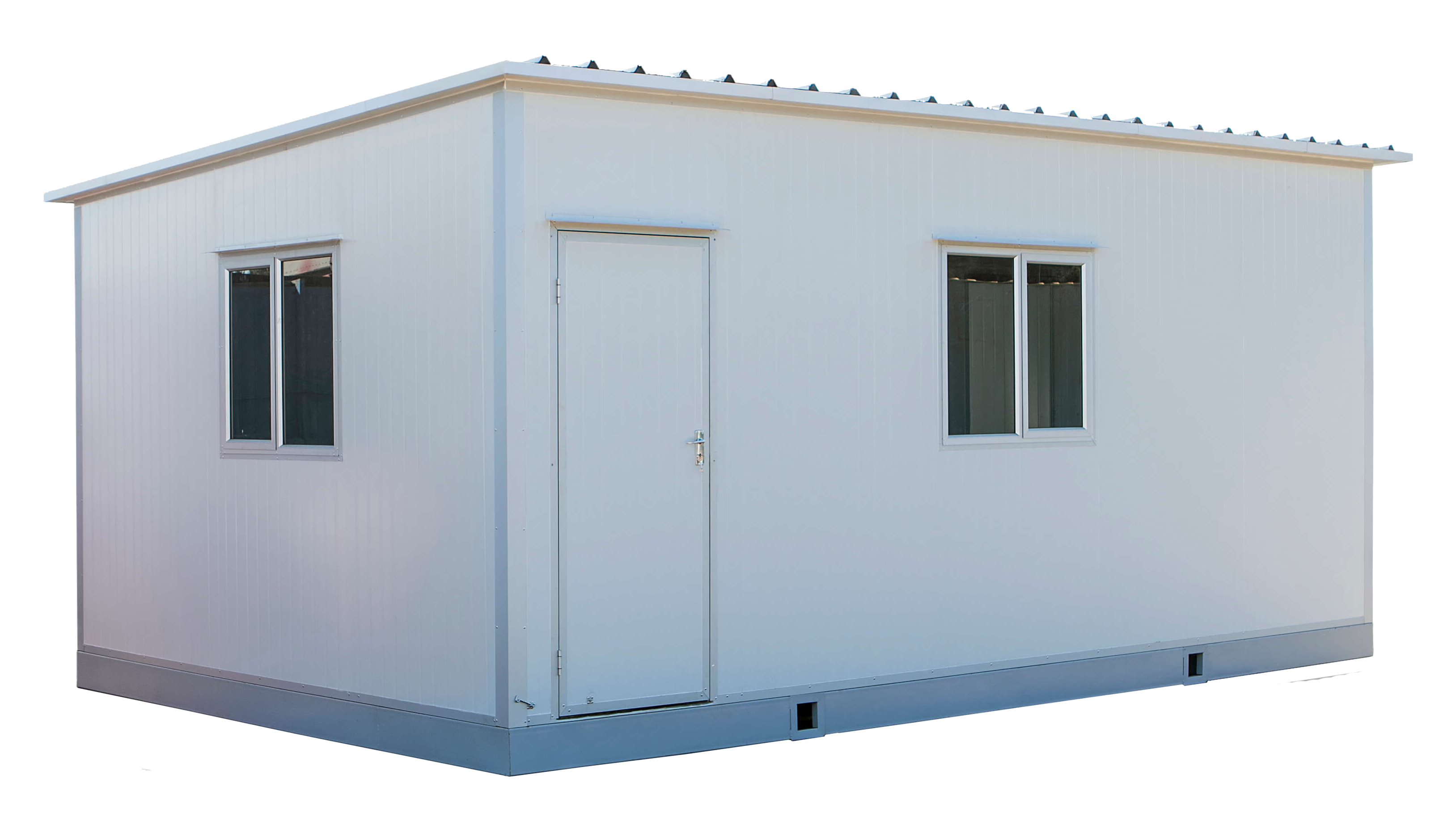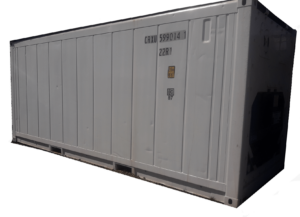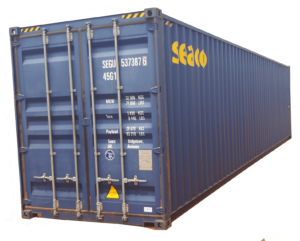What Is a Container Home?
A container home is a living space built from one or more repurposed shipping containers—most typically 20‑ or 40‑foot Intermodal Steel Building Units (ISBUs). These steel “boxes” are modified—insulated, cut for doors and windows, fitted with utilities—and transformed into habitable structures. Modular by nature, they can be stacked or combined in creative layouts.
Container King offers full converted containers: from consultation and design to insulation, plumbing, finishes and delivery nationwide. They emphasize competitive pricing: conversion costs in South Africa currently range from R50,000 to R150,000 per unit, depending on size, condition (new vs refurbished) and customisation.
A Quick History & Why It Matters in SA
Shipping containers were invented in the 1950s to standardise freight transport; only later were they adapted as building modules. In South Africa, container homes have recently attracted interest—as both affordable middle‑class dwellings and off‑grid rural structures. Developers in Maboneng and other urban renewal areas are experimenting with container buildings for residential and commercial use.
Who Chooses Container Homes—and Why
First‑time homebuyers / young professionals
Many younger buyers, seeking a foothold in the property market, view container homes as affordable alternatives. Some designs cost as little as a third of a conventional house, or start under R190,000 plus VAT.
Eco‑ and sustainability‑minded buyers
Repurposing steel saves over 3,500 kg per container from recycling streams. Container homes appeal to those who value up‑cycling, low waste, off‑grid solar power, rainwater harvesting, and minimal maintenance.
Rural or remote site developers
Because the unit can be converted off‑site and transported, container homes reduce on‑site labour and infrastructure demands. These qualities make them attractive for clinics, schools or rural housing containers in South Africa.
Core Benefits of Container Homes in South Africa
Cost & Time
- Survey data suggests container conversions cost up to 40% less than traditional builds.
- A large benefit is build speed—factory fabrication can deliver up to 90% completion off‑site; a full build may take 2–6 weeks, or a three‑month build for 180 m² structures.
Sustainability
- Re‑using containers saves thousands of kilograms of steel per unit, lowers carbon emissions, and avoids consumption of new building materials.
- Dry‑build methods remove water usage for curing concrete—good for drier regions.
Durability & Portability
- Designed to endure seafaring conditions, containers are structurally robust and can be moved later—valuable when re‑deploying an office or relocating a home.
- They won’t suffer foundational cracks like traditional homes and resist dampness if correctly sealed.
Flexibility & Expansion
- Modular and standardised, containers can be combined, stacked, or added-on over time to increase living space without full rebuilds.
What to Know Before Building
- Design Limitations & Structural Reinforcement
- Window/door cutouts weaken steel integrity; reinforcement via welding or additional framing is essential and adds to cost.
- Units are narrow—especially 20‑ft containers. After insulation and finishes, interior width may shrink under 2.2 m, limiting furniture layout, especially for double occupancy or couples.
- Insulation & Thermal Regulation
- Steel conducts heat and cold. In South Africa’s climate, without proper insulation and cladding, container homes can be unbearably hot in summer or cold in winter.
- Thermal bridging and condensation can lead to mould: proper vapour barriers, ventilation, and insulation are not optional .
- Local Regulations / Legal Framework
- Container homes must comply with local zoning and building codes—some municipalities classify them as temporary or industrial structures, making approval difficult.
- It’s essential to work with architects or town planners familiar with local SA codes and requirements to avoid fines or delays.
- Utilities & Maintenance
- Plumbing, electrical, water, sewer and ventilation must be integrated carefully. Future access must be considered in advance to avoid invasive modifications later .
- Coastal or humid environments accelerate rust; protective coatings, regular maintenance, and rust‑proof paint are required.
- Financing & Resale Value
- Traditional banks may be unfamiliar with container homes, making loans or bonds harder to secure. Alternative financing or self-funding may be needed.
- Resale remains niche in South Africa; potential buyers may hesitate without understanding or acceptance of the concept.
What Research & Practical Studies Tell Us
A 2013 feasibility study from Stellenbosch University compared single‑storey and multi‑storey ISBU designs with conventional homes. It found:
- Multi‑storey container structures can be cost‑effective, environmentally beneficial, and built up to three times faster.
- Conversely, a single‑storey container home often costs more per square metre than a similar-size brick house; community acceptance was lower unless the exterior mirrored conventional homes.
That suggests: containers make most sense in clustered, multi‑unit, or modular developments, rather than isolated mini‑homes.
Is a Container Home Right for You?
Good fit if you:
- Want affordability and fast build‑time.
- Value sustainability, off‑grid capability, or portability.
- Are planning a modular or expandable layout.
- Can manage specialist design/engineering (or hire professionals).
- Are okay with non‑traditional resale scenarios.
May not suit if you:
- Need expansive open interiors or large family living.
- Don’t budget for high‑quality insulation or moisture control.
- Expect easy bank financing or standard resale value.
- Live in a district with restrictive zoning or unbending architectural norms.
Building a container home in South Africa can be a technically savvy, sustainable, and affordable choice—especially when approached with careful planning and realistic expectations. It’s ideal for modular projects, eco-minded individuals, and those prepared to work through design, insulation, and regulatory details.
But it’s not automatically cheaper or easier than a conventional home—especially if it’s a single container, poorly insulated, or built without proper expertise. Regulations, resale uncertainty, and the need for specialist contractors mean that container living rewards the informed and prepared.
In short: Yes, it could be right for you—if you’re clear about design limitations, legal hurdles, insulation needs, and long-term maintenance. Consult a professional early, check your municipal rules, and work with companies like Container King who understand the South African context. That’s how you turn a steel box into a comfortable, stylish, and lasting home.
Table of Contents





